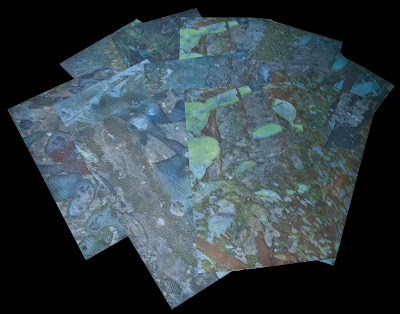December 31, 2010 on my deck.
This is the time for new year resolutions. I seriously consider these all the time. I think and pile on all those things wonderful ideas about art, growth, accomplishing what I want blah blah blahI and decide what I think I should do. This year I have some incredible ideas about learning new computer software. Just got Corel's Painter 11 and absolutely love their brushes. Have lots more to learn in InDesign and Illustrator and a program that will allow me to create my own fonts. I already have a schedule to write more consistently on my blogs blocked out.........and then I realize what ends up happening with all those lofty ideas.... they are made -now -today -without any thought to where I will be or how I will be feeling when I have to keep my agreement with my resolutions. Then you know what happens? Life gets in my way and while I am doing life, in the back of my mind I think of what I said I would do and haven't. I create, that's what I do and that is what I am going to keep doing everyday for this year and all the years after. In creating there are no rules. So here's my this new years solution resolution. For 2011- I created a treasure box. Everyday I will make a contribution to my treasure box. What that will be....I have no idea.....the surprise of it........that is the key. I have no idea what will land in my treasure box day to day, but I am looking forward to the journey and that is awesome.
For this year, remember, there are no ordinary moments.
December 31, 2010 from my studio porch.
















































